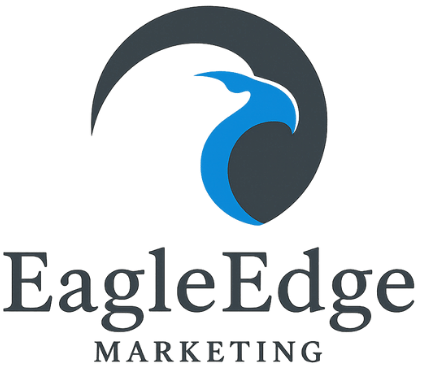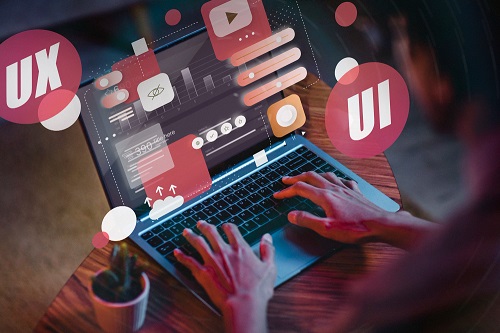1. AI-Powered Personalization
AI is no longer just a buzzword—it’s transforming web design. Modern websites now adjust content, recommendations, and even design elements in real-time based on user behavior. For example, an ecommerce site might highlight different products depending on a shopper’s browsing history. This level of personalization not only improves user experience but also increases conversion rates.
Takeaway: Consider integrating AI chatbots, dynamic content sections, or product recommendations into your website.
2. Immersive 3D & Interactive Visuals
Websites are moving beyond flat designs into immersive experiences. From 3D product showcases to scroll-based animations, businesses are creating websites that capture attention instantly. Thanks to faster internet speeds and optimized code, these features are now practical even for small businesses.
Takeaway: Use 3D visuals to highlight products, services, or brand identity—just don’t overdo it at the cost of performance.
3. Minimalist & Dark Mode Designs
Minimalism continues to dominate, but in 2025, it’s paired with dark mode options. Clean layouts with bold typography improve readability and focus user attention, while dark mode provides a sleek, modern look that users can toggle for comfort.
Takeaway: Keep your design simple, prioritize whitespace, and offer a dark mode option to enhance user engagement.
4. Accessibility & Inclusive Design
In 2025, accessibility is not optional—it’s essential. Businesses that design inclusive websites, with proper color contrast, keyboard navigation, and voice-friendly interfaces, not only comply with standards but also reach a wider audience.
Takeaway: Run accessibility audits and implement features that make your site usable for everyone.
5. Sustainable Web Design
Sustainability is now part of digital strategy. Lighter websites that load faster consume less energy, creating a smaller carbon footprint. This trend also aligns perfectly with Google’s Core Web Vitals, which reward faster websites with better rankings.
Takeaway: Optimize images, use efficient code, and choose eco-friendly hosting providers.
6. Smart Security Integration in Web Design
With the rise of smart homes and businesses, web design isn’t just about visuals anymore—it’s also about security. Modern websites for security providers now highlight live demos, AI-powered monitoring features, and customer dashboards for remote access. For example, companies offering the best CCTV camera in Singapore showcase interactive product views, video tutorials, and mobile-friendly control panels directly on their sites. This ensures customers not only learn about the product but also experience its reliability online.
Conclusion:
Web design in 2025 is about more than looks—it’s about creating smarter, faster, and more human-centered experiences. Whether through AI personalization, immersive visuals, or sustainable practices, businesses that embrace these trends will stand out in a competitive digital landscape. If you’re ready to bring your website up to speed with the latest design innovations, EagleEdgeMarketing is here to help.





